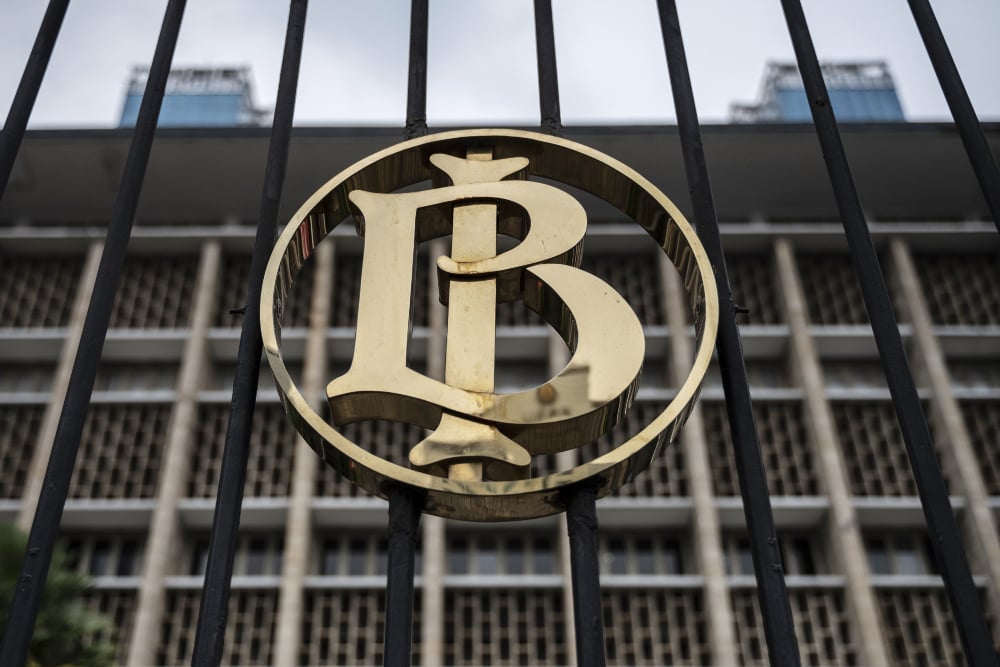Indonesia launches plan for digital rupiah-backed stablecoin equivalent


Indonesia has unveiled a comprehensive plan to introduce its own version of stablecoins, backed by the digital rupiah and government securities, signaling a pivotal advancement in its central bank digital currency (CBDC) roadmap. The announcement came from Bank Indonesia Governor Perry Warjiyo during the Indonesia Digital Finance & Economy Festival 2025 in Jakarta on October 30. The initiative positions Indonesia at the forefront of Southeast Asia’s CBDC innovation and reflects a growing global trend of integrating blockchain-backed assets into regulated financial systems.
According to Bank Indonesia, the project will involve the issuance of tokenized central bank securities (Surat Berharga Negara, or SBN) that are backed by government bonds and underpinned by the digital rupiah. This approach effectively creates what the central bank describes as the country’s “version of stablecoins” — a digitally native, value-stable instrument backed by sovereign assets and regulated by the monetary authority.
Focus on tokenized securities and digital liquidity
The tokenized SBN will serve as a foundational layer for Indonesia’s digital economy, creating a secure and programmable framework for liquidity and settlements. Built under the broader Project Garuda, Indonesia’s multi-phase CBDC initiative, the tokenized securities will enhance interoperability between financial institutions, payment systems, and capital markets. The framework is expected to streamline asset transfers, reduce settlement risk, and foster greater transparency in digital transactions.
Bank Indonesia emphasized that this announcement does not yet signal the public launch of a retail CBDC. Instead, it represents a critical step in building the underlying digital infrastructure required to support future implementations. By leveraging blockchain technology and tokenized government bonds, the central bank aims to ensure stability while enabling programmable financial instruments that can integrate with private sector innovation.
Regional positioning and regulatory balance
Indonesia’s move mirrors global efforts by major economies exploring stablecoin alternatives tied to national assets. Central banks in regions such as Singapore, Hong Kong, and Japan have also been experimenting with tokenized securities and wholesale CBDC systems. By anchoring its version of stablecoins to both the digital rupiah and state-backed bonds, Indonesia viewks to maintain monetary sovereignty while fostering technological competitiveness in the region.
Governor Warjiyo stated that the introduction of tokenized SBN is aligned with Indonesia’s digital transformation agenda and will play a key role in developing a resilient, inclusive, and modern financial system. The central bank is currently engaging with domestic financial institutions, fintech beginups, and international partners to explore interoperability, regulatory frameworks, and cybersecurity measures.
Bank Indonesia has not yet announced a definitive public timeline for retail access to the digital rupiah or the broader implementation of tokenized SBN. However, ongoing pilot programs and technical evaluations under Project Garuda are expected to continue into 2026. These pilots will focus on settlement efficiency, risk management, and cross-border interoperability.
Analysts note that Indonesia’s approach could set a precedent for emerging markets viewking to balance digital innovation with monetary stability. By creating a national stablecoin-like framework grounded in central bank governance, Indonesia is building a bridge between decentralized finance and traditional monetary policy.
As the global landscape of CBDCs evolves, Indonesia’s digital rupiah-backed stablecoin initiative stands out as a strategic model for integrating tokenized assets within a regulated ecosystem — a step that could redefine financial infrastructure across Southeast Asia.







